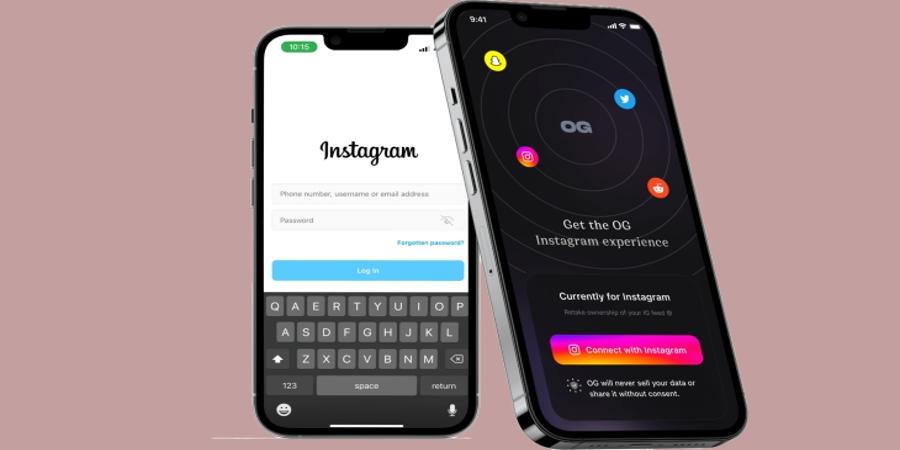Almost a week after Apple removed from the App Store The OG App, an Instagram client that promised to provide an ad-free and suggestion-free feed, Google followed the suit and booted the app off the Play Store.
In a Twitter thread, co-founders of Un1feed, the company that published The OG App, said that the startup won’t be able to serve its users following the app’s removal from both iOS and Android’s app stores. The app makers said in the brief period the app was live it attracted more than 25,000 downloads.
However, following our removal from the Google Play Store and Apple App Store – OG will be unable to continue serving users through our mobile app.
— The OG App (@TheOGapp_) October 7, 2022
TechCrunch has reached out to Google for a comment, and we’ll update the post when we hear back.
Late last month, Un1feed launched The OG App with a promise to provide users with a customizable Instagram experience. To do so, it reverse-engineered Instagram for Android API. However, that created a lot of issues that potentially risked users’ privacy and security.
Following the launch, Instagram owner Meta said that the app violated its policies and that the company is “taking all appropriate enforcement actions.” But it didn’t provide any details about the steps it took.
Around the same time, Apple removed the app from the App Store saying that it was accessing Instagram’s service in an unauthorized manner. The Cupertino-based tech giant added that The OG App breached App Store rules, which prohibit apps from displaying content from third-party apps by violating their terms of use.
In a note displayed on The OG App’s website, the founders said they are still thinking about the next steps and will provide some clarity in the coming weeks.
After going through a ton of security mishaps, Meta has tightened its rules around access to user data and has limited its APIs to show a limited amount of information outside its family of apps. It’s not surprising that the company was swift to crack down on a solution that used unofficial APIs to display content.
Source @TechCrunch



